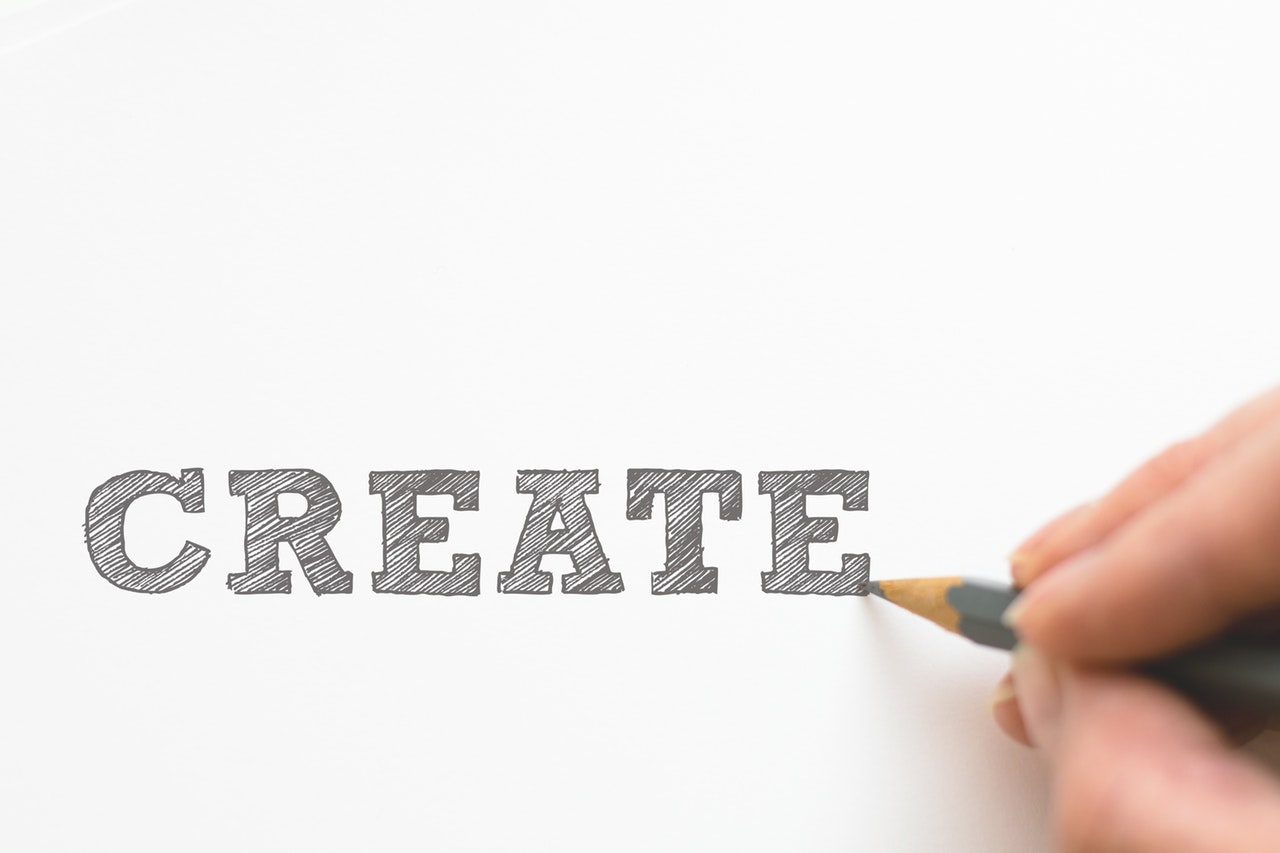Inbound Marketing Best Practices
Having inbound marketing best practices under your belt can turn ‘strangers’ into customers. As shared my blog post last month, inbound marketing is all about the customer finding you. How? By pushing useful, relatable and informative content they want to see that helps meet their needs when looking for a solution to solve their problem. It’s about attracting, converting, closing and delighting the customer.
Consumers don’t want to be sold to. They want to be educated to make smart, well-informed decisions. Here are four best practice fundamentals to help you set the stage for your inbound marketing success.
1. Use Buyer Personas
Who are you trying to reach? Creating buyer personas ensures you’re reaching the right people who in turn will be the right customers—and will allow for creating an effective content strategy.
- Research your personas (don’t make assumptions) and work to understand what really drives and motivates them; interview current and former customers, prospects and co-workers to get the good and the bad.
- Start looking for trends such as commonalities and similarities across the answers during the interview process. Try and get as many personas as you can so you can identify these trends.
- Compile the identified trends and build personal profile stories that contain info such background, demographics, challenges, needs, pushbacks, etc.
- In your buyer persona profile, be sure to include a brief statement that outlines a plan on how you can help them; if you can incorporate real quotes—go for it!
2. Buyer’s Journey
The buyer’s journey is the active research process a person goes through prior to a purchase, and is made of up three stages:
- Awareness: A buyer is experiencing a problem or opportunity and begins the research to educate themselves more on this problem.
- Consideration: Problem is now clearly defined, and the buyer is fully committed to understanding the problem and how it needs to be fixed.
- Decision: Buyer has now decided on a solution to their problem and begins to compile a list of businesses/vendors/companies to make a final purchase decision. This is where you want to be!
3. Create Remarkable Content
The best content has to be grounded in the best context—and inbound marketing is just that: content + context. This is a very important step in the inbound marketing best practices process. Content is the marketing tool kit (images, blogs, video, ebooks, whitepapers) and context is who you are creating the content for. And keep it educational—your objective is to inform to help the buyer through their journey to purchase!
4. Leverage That Content!
Distribution provides context to your content—making it relevant and real. Just remember to make sure your buyers are where you’re distributing. Delivery methods can include:
- Website pages
- Blog
- Social media platforms
- Landing pages
- Emails
Content has the ‘job’ of pulling people from one end of the inbound methodology to the other and plays an integral part at every stage. A key takeaway for you to remember: Remarkable content attracts, converts and nurtures into closing customers because it makes people want to read, share and learn more about how to their problem can be solved.
Interested in learning more? Get in touch with us–we’d be more than happy to continue the conversation!

